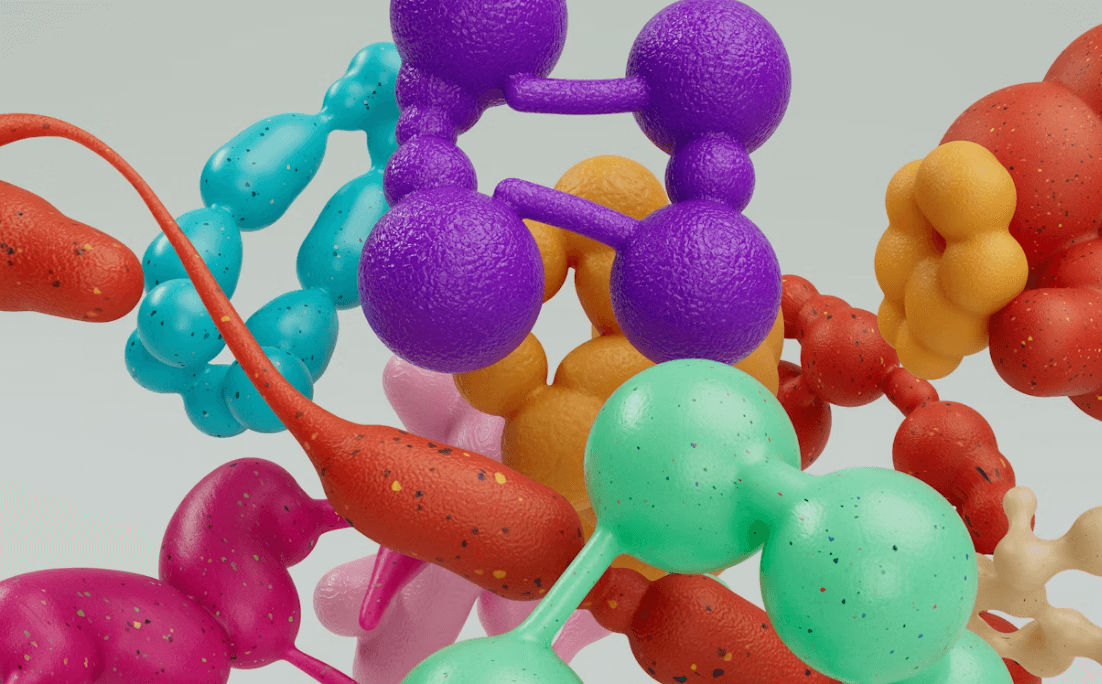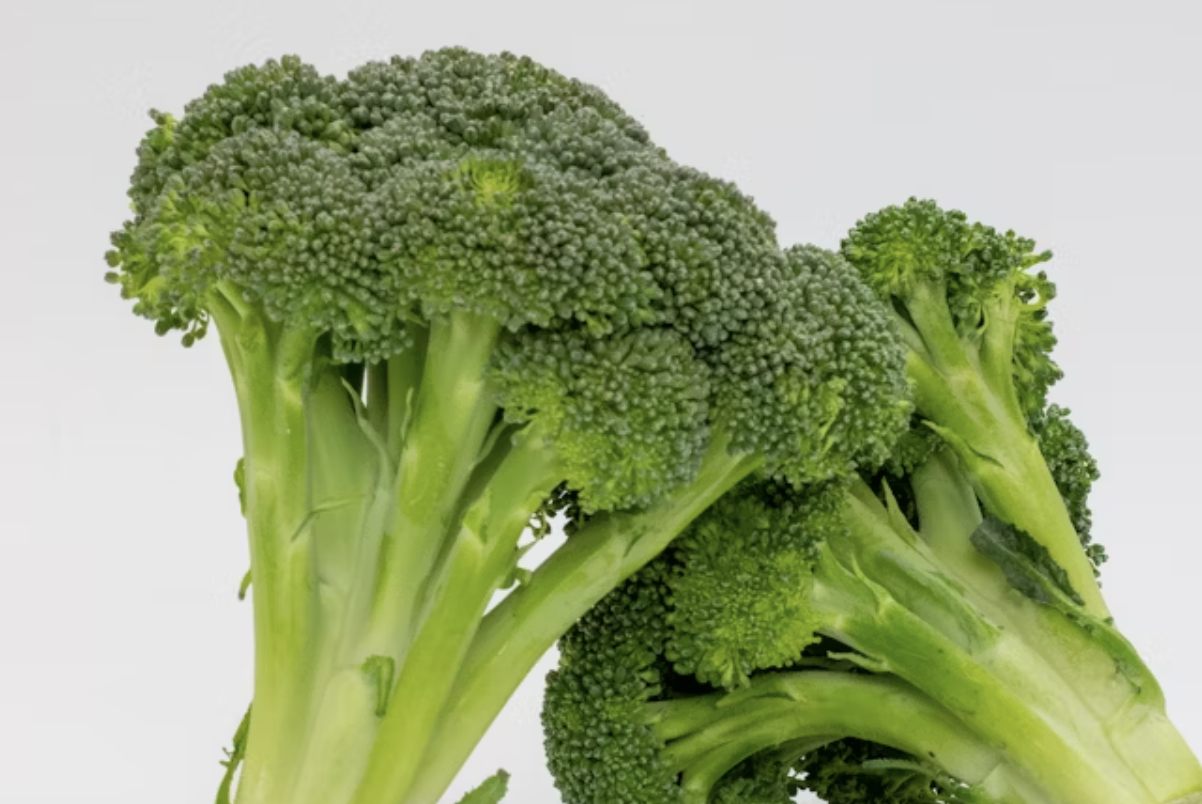Heat Shock Proteins: The Under-the-Radar Longevity Booster Worth Cultivating

Heat shock proteins – don’t let the odd name fool you. The phrase sounds as if we’re talking about proteins that are suffering from too much heat exposure, and that can’t be good. And, in a way, that’s actually not too far off. Heat shock proteins, or HSPs, are a special class of proteins that adapt to the stresses of living, including but by no means limited to exposure to heat, by becoming extra-resilient. In fact, they become so resilient, they’re able to help ordinary proteins repair themselves when they’re subjected to those same pressures. They are like the body’s repair crew or emergency response team. When stress strikes — like heat, toxins, or hard exercise — they rush in to protect fragile proteins, fix damaged ones, and clean up what can’t be saved.
Pretty cool, eh?
Sometimes referred to by HSP researchers as protein “chaperones,” those of us in longevity circles have only known about HSPs for a matter of decades. While they, like virtually all the body’s safeguard systems, decline with age, to date, we don’t currently have any good supplements or meds to increase their number or effectiveness. But, the good news here, and it is very good news, is that we do understand the ways that you can tweak your lifestyle – with exercise, diet, even exposure to temperature extremes – to boost HSP repair power (a worthwhile pursuit if ever there was one).
So, to get yours fired up? Here’s the topline on what heat shock proteins are and how you can harness their power, so they become an even bigger part of your health-promoting, longevity-enhancing toolbox:
Meet the heat shock proteins – and here’s what they’re up to.
The HSP story goes way back to animal research in the 1960s when scientists discovered that fruit flies exposed to high temperatures produced a type of protein that helped protect them from the heat. Subsequent research filled in the picture. Not only do flies have HSPs, but so does virtually every animal species. And not only do they protect against heat, but they provide a molecular buffer against a wide range of common stressors, for instance, exposure to infection, toxins, inflammation, free radicals, and even emotional distress. Taken altogether, that means they help us live a better, and very likely, longer life.
How do HSPs work?
Proteins are large, complex molecules that form the backbone of the body’s structure as well as carrying out the physiological functions necessary for life, in the form of, for example, hormones, enzymes and the various parts of the immune system. It’s not easy being a protein – they absorb a lot of hits in the process. Here is where the HSPs come in. Made of chains of amino acids, proteins are all about structure. They have to be folded in specific, precise ways to do their particular job. If they become misfolded or damaged in some other way, the HSPs show up to help repair or recycle them. Safe to say, these are the proteins you want in your corner.
HSPs in action – blunting the effects of misbehaving proteins.
Some of the most common and deadly diseases of aging share a common driver – misfolded proteins. Inside the brain, that kind of structural defect can lead to proteins clumping and building up in the brain, one cause of neurodegenerative diseases like Alzheimer’s and Parkinson’s. In the case of heart disease, these deformed proteins can interfere with the proper beating of the heart muscle, all the way down to the level of the subcellular powerplants, the mitochondria. With type 2 diabetes, damaged proteins can interfere with the way that insulin escorts glucose into the cells to be burned for energy. What we’re learning is, the more HSPs we have available to straighten out those errant proteins, the better our buffer against these diseases.
The immune system – protecting the protectors.
HSPs play a key role in helping the immune system protect the body, which gets more and more important as we hit the elder years – and become increasingly suspectable to serious infections like pneumonia. The HSPs help bring foreign pathogens to the attention of the immune system and may also boost the effectiveness of vaccines designed to prime the system against specific threats.
Interestingly, they also do something similar when it’s the body’s own parts that are the problem, helping cue the immune system to respond to damaged proteins that need to be destroyed or recycled, the process we call autophagy. They may also help “re-educate” the immune system to not overreact to less serious threats or, in the case of autoimmune disease, not to attack the body’s own tissues. Cancer looks to be a bit more of a mixed bag though, as there’s some evidence that HSPs can enhance the immune system’s ability to destroy cancer cells and some evidence that it can protect the cancer cells themselves, which is certainly not what we want. However, when cancer does take root, HSPs may be able to come to the aid of proteins damaged by chemotherapy.
Pump up your HSP stash.
We’ve established that HSPs are pretty great. So, the next question is: How do we pump up our supply? Exercise is likely the one of most impactful things we can do, keeping in mind the Goldilocks philosophy: not too much, not too little. We call the concept “hormesis” and it underlies all the ways we can boost HSPs, by moderately stressing the body so that it responds by becoming stronger and more resilient.
In the case of endurance exercise, when we challenge our bodies with a vigorous, but not exhausting, jog or cycle or swim, we’re temporarily raising the body’s core temperature and increasing levels of inflammatory oxidative stress (those free radicals), all of which stimulates HSP production. (Those HSPs will come in especially handy for those of you who periodically do intensive work-outs – you’ll need them to help you recover.) Resistance training is also part of the picture. That stimulates HSPs in the muscle tissue which can push back against muscle loss in the senior years – sarcopenia.
Think hot and cold-running heat shock proteins.
Much as we may appear otherwise, in a way, we’re not so different from those lab flies. Exposure to heat, for instance, in the sauna or hot tub, can significantly boost HSP activity. Studies from Finland found that men who took a sauna 4-7 times a week had much lower rates of Alzheimer’s disease (65% lower) and sudden cardiac death (63% lower) than men who only took a sauna once a week. It stands to reason that increased HSP activity and reduced inflammation were part of the sauna’s healing package. While we may not take to the sauna as readily as the Finns, one or two weekly 20-30 minute sessions, at less than sweat lodge temperatures, should do the trick for most people – but always check with your doctor first for the OK, particularly if you are managing a health condition or two. There’s also some evidence to support the idea that exposure to cold temps (think cold-weather walks in lighter clothing, cold showers, cold plunges, etc.) can boost HSPs. Alternating between very hot and very cold may well provide the biggest boost.
(Healthy) Diet shock.
The hormesis principle also applies to when and what we eat. Eating somewhat fewer calories than we’re used to – caloric restriction – is a mild stressor which, in animal studies, has been shown to boost HSPs. Because feeling a little bit hungry for much of the day isn’t an appealing prescription for most people, I, and many integrative health care practitioners, recommend time-restricted eating, for instance, eating all your day’s meals within an 8-hour (or less) time window, which looks to confer similar benefits. Additionally, certain foods, especially those rich in polyphenol compounds, provide another mild, healthy stress, that stimulate our antioxidant defenses and the production of HSTs. We’re talking polyphenol champs like broccoli sprouts, green tea and turmeric, just to name a few. (Click here my list of 24 polyphenol favorites.)
Healthy stress vs chronic stress.
We all walk a stress tightrope. Meeting the challenge of a temporary “acute” stress – like a bout of vigorous exercise or a sauna – is good for your HSPs and for the rest of you. But chronic grinding low-level stress, for instance, tension at home or work, is exactly the opposite. Once again, the lifestyle basics offer the best defense – good sleep habits, regular movement, clean diet – protecting your HSPs so they can protect you. Mindfulness techniques like yoga and meditation, or simply taking a time-out for a walk, are invaluable, so work on cultivating these practices and the lifestyle basics so you and your HSPs can flourish.

















